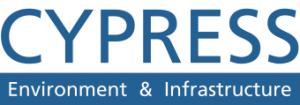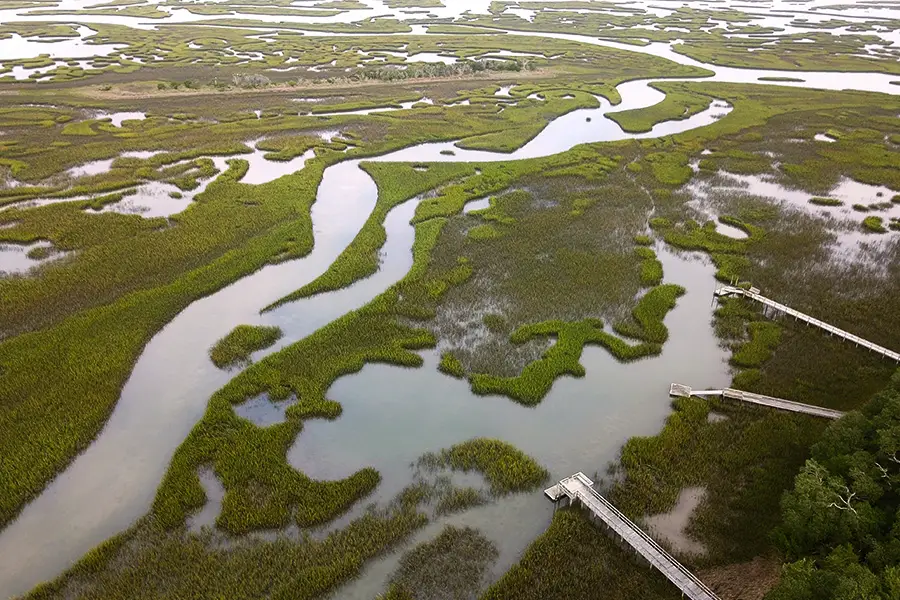Our Vision and Local Expertise
At Cypress Environmental Inc., our vision is to protect and restore the vital wetlands in Alabama, ensuring they remain a sustainable resource for future generations. With extensive experience in wetland conservation and a deep understanding of the Gulf Coast wetlands, we are dedicated to providing top-tier services in wetland mitigation, remediation, and mapping. Our local expertise in Alabama wetlands allows us to offer tailored solutions that address the unique challenges and opportunities presented by these critical ecosystems.
Our Services
Cypress Environmental Inc. offers a wide range of services to support the preservation and restoration of wetlands in Alabama:
- Wetlands Alabama: We specialize in the assessment, management, and restoration of Alabama wetlands, ensuring their health and sustainability for future generations.
- Wetland Map Alabama: Our team creates detailed wetland maps of Alabama, providing essential information for environmental planning and development projects.
- Gulf Coast Wetlands: We focus on the unique characteristics and needs of Gulf Coast wetlands, offering specialized services to protect these vital coastal ecosystems.
- Wetland Mitigation: We provide comprehensive wetland mitigation services, helping clients meet regulatory requirements by restoring, creating, or enhancing wetlands to compensate for unavoidable impacts to existing wetlands.
- Wetland Remediation: Our wetland remediation services address contamination and degradation, restoring the natural functions and values of impacted wetlands.
Why Choose Cypress Environmental Inc.
Choosing Cypress Environmental Inc. means partnering with a team committed to the health and sustainability of Alabama’s wetlands. Here are a few reasons to choose us:
- Expertise: Our team consists of experienced environmental scientists and engineers who specialize in wetland conservation and restoration.
- Local Knowledge: With a deep understanding of Alabama’s wetlands and regulatory environment, we provide effective and compliant solutions.
- Comprehensive Services: From mapping and assessment to mitigation and remediation, we offer a full spectrum of wetland services.
- Client-Centric Approach: We work closely with our clients to understand their needs and develop tailored solutions that meet their specific requirements.
Process and Importance
Our process is designed to ensure the success of every wetland project:
- Initial Consultation: We begin by understanding your project’s goals and regulatory requirements.
- Assessment and Planning: Our team conducts thorough assessments and develops detailed plans to address wetland impacts and opportunities.
- Implementation: We manage the implementation of mitigation and remediation projects, ensuring all work meets regulatory standards and environmental goals.
- Monitoring and Maintenance: Post-implementation, we monitor and maintain restored wetlands to ensure their long-term success.
The importance of our process lies in its ability to deliver sustainable, compliant, and effective wetland conservation solutions that benefit both the environment and the community.
Benefits of Coastal Restoration
Coastal restoration, including the restoration of wetlands, plays a crucial role in protecting Alabama’s coastlines. It enhances natural defenses against flooding, supports biodiversity, improves water quality, and provides recreational opportunities for the community. Our coastal restoration efforts help preserve the Gulf Coast wetlands, which are essential for the overall health of Alabama’s coastal ecosystems.
Partner With Us and Get Started Today
Partnering with Cypress Environmental Inc. means working with a team dedicated to the protection and restoration of Alabama’s wetlands. Whether you need wetland mapping, mitigation, remediation, or comprehensive environmental consulting services, we have the expertise and local knowledge to deliver exceptional results. So, “What Was the Development Project That Needed to Be Mitigated”? We document and manage mitigation projects, ensuring that any development impacting wetlands is offset by effective restoration or creation of new wetland areas. Contact us today to learn more about how we can support your wetland conservation and restoration projects in Alabama.
Alabama Projects:

